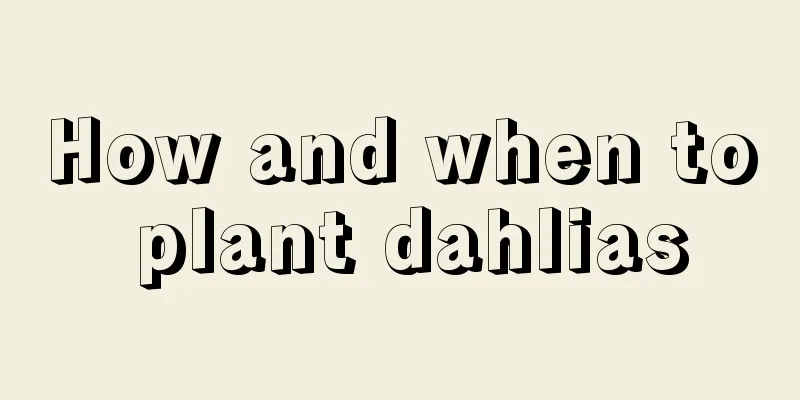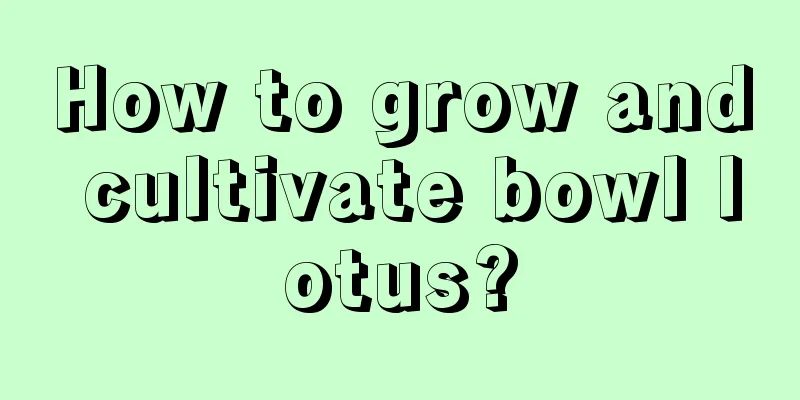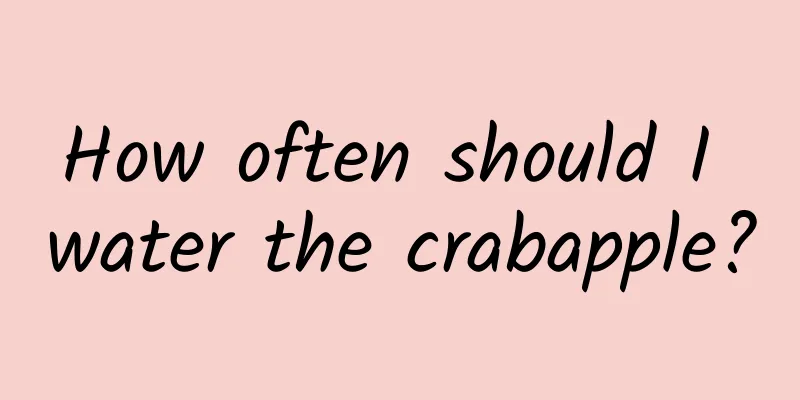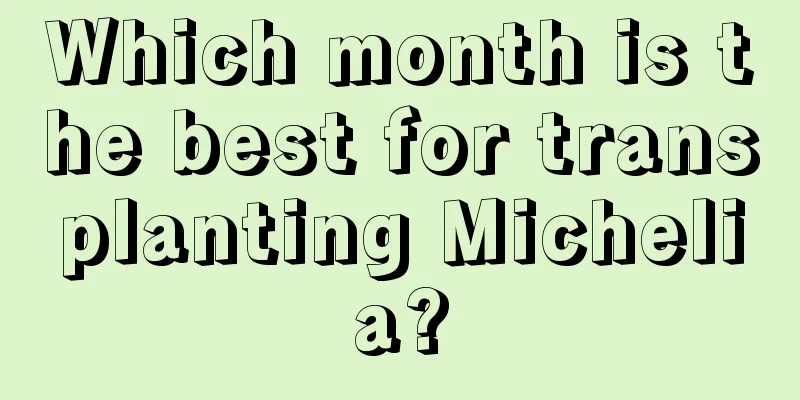Succulent Plant Soil Encyclopedia
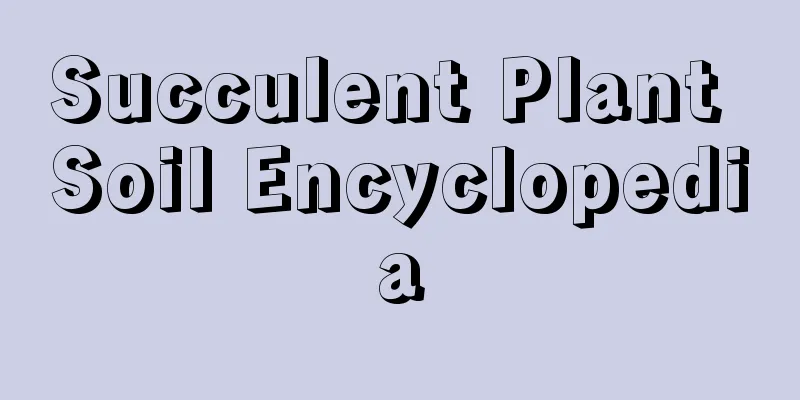
Blue StoneWhen growing succulents, a commonly used material is orchid stone, which is also called light stone, planting stone, and pumice. It is a planting material with a porous structure, a certain water storage capacity, and excellent air permeability. VermiculiteVermiculite is believed to be a type that everyone often hears of. It is made from mica processed at high temperature. It has good air permeability and is sterile; but it is very easy to pulverize, and after pulverization, the air permeability is very poor. It is recommended to use it temporarily during sowing, and it is best not to use it during planting. PerlitePerlite is a common type of soil for growing succulents. It is also artificially processed, has good air permeability and is sterile. It is also very easy to become powder, and floats up when watering, which is not beautiful. Coconut peatCoconut bran is made from the brown shell of coconut. It has good air permeability and is slightly acidic, which is beneficial for areas in the north with alkaline water quality. But when growing succulents, you need to remove the fine powder inside. Grass carbon soilStraw carbon soil is formed by the accumulation and decay of organic matter. It has good air permeability, is neutral, and contains certain nutrients, making it a good planting material. But when growing succulents, you need to remove the fine powder inside. Peat soilIt is formed by further carbonization of straw charcoal. It has good air permeability, is neutral, and contains no nutrients, making it a good planting material. But when growing succulents, you need to remove the fine powder inside. AkadamaIt is a planting material formed by the accumulation of volcanic ash, with a porous structure and excellent air permeability. Contains a certain amount of phosphorus and potassium fertilizers. CharcoalIt is made from burned trees, has a porous structure, contains no nutrients, and has strong antibacterial and harmful substance absorption effects. This is also a material suitable for growing succulents. Carbon shellIt is made from the husk of rice that is carbonized at high temperature. It contains a certain amount of phosphorus and potassium fertilizers, has good air permeability, and has strong antibacterial and harmful substance adsorption effects. But it is also easy to powder. sandThere are many kinds of sand. What we are talking about here is the weathered sand on the mountain and large-grained gravel sand (particle size above 1MM). These sands have good air permeability, and some contain quartz, iron, magnesium and other trace elements that are beneficial to plant absorption. The planting materials mentioned above should be selected and matched when used, and fine particles smaller than 1MM should be removed. The same particle size should be mixed at a ratio of 7:3 between inorganic matter and organic matter. This will get us as close as possible to the physiological needs of the plant. There are also some planting materials that can be used, such as honeycomb coal ash, fairy soil, and manure from various herbivorous animals, which everyone can use. |
<<: Cultivation methods and precautions for miniature roses
>>: Maintenance tips for succulent plants Crispy Duck
Recommend
What does a rotten pomegranate look like?
1. What is it like? 1. If the food has just start...
How to propagate Christmas cactus by cuttings
1. Take cuttings Select two disease-free and rela...
Is it better to use a tall pot or a short pot for white jasmine? Which pot is better for planting
The roots of the white magnolia potted plant are ...
The correct way to grow peppers on the balcony
Pepper is a common seasoning vegetable. For frien...
How to prune small fruit trees
When to prune small fruit trees Generally, fruit ...
The legend of pale bamboo leaves
The legend of pale bamboo leaves According to his...
Time and method for changing the soil of osmanthus tree
Time to change the soil of osmanthus tree The bes...
How to plant lotus
Bowl lotus likes sunlight, is not shade-tolerant,...
Freesia planting time and method
Freesia, also known as freesia, is a perennial he...
How to grow chrysanthemum seeds and precautions
Chrysanthemum growth habits Chrysanthemum prefers...
What kind of grass is best for sheep to eat? They are less likely to get sick. What kind of grass should be planted to have a short harvest time?
As the saying goes: Sheep eat all kinds of grass,...
What areas are suitable for growing yellow fruit?
Huangpi fruit planting conditions Kumquat prefers...
Are fragrant flowers poisonous? Can they be grown at home?
1. Is it toxic? Touching the fragrant flowers is ...
How to keep seeds of air pineapple and how to sow seeds
How to keep seeds of air pineapple Air plants are...
How much is the yield of soybean per mu? How much does it cost to plant one mu?
Soybean yield per mu At present, the soybean yiel...


